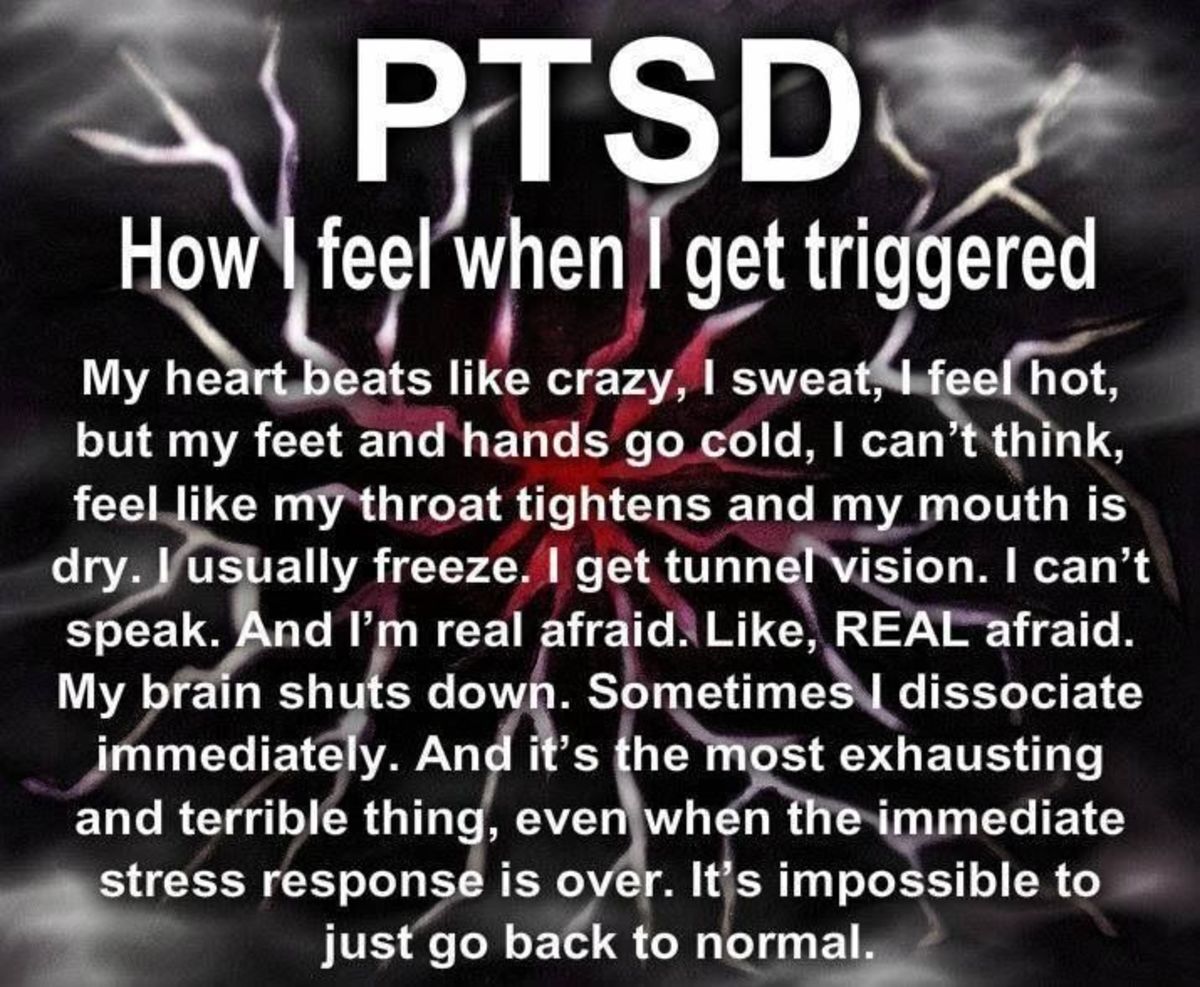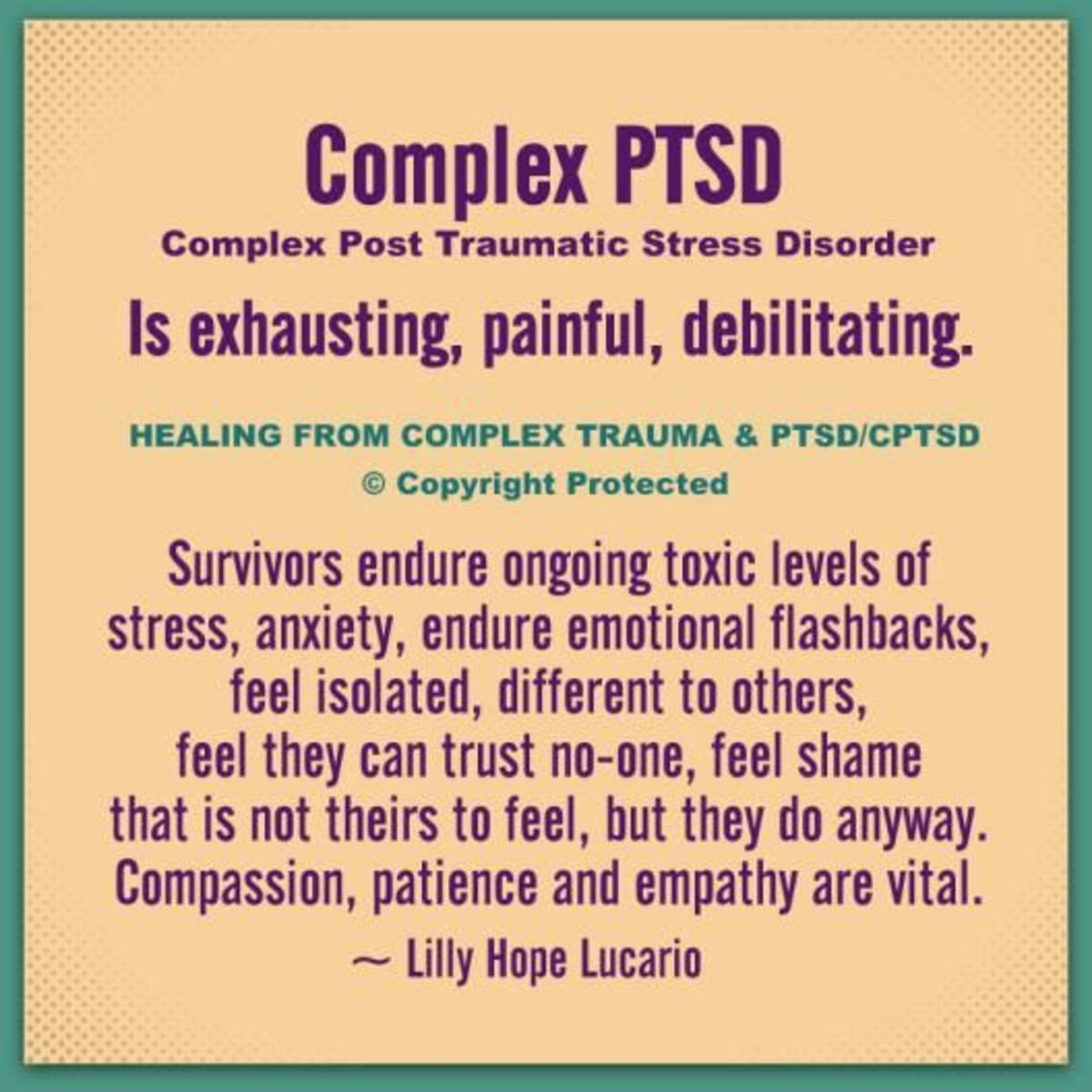Larry Anderson. "PTSD? He was a cook! Denied!"
Tilford in Vietnam, 1968

Larry Anderson
Post Traumatic Stress? He was a cook! Denied!
Post-Traumatic Stress Disorder, battle fatigue, shell shock, whatever you want to call it – it’s damaged the lives of combat veterans since war began. Normal people react in different ways to experiencing horrible things. Some seem to be able to cope. Some seem to be able to cope, but suffer internally. Some are obviously hurting. At least diagnosis standards and some therapies have been developed in the last decade. The VA tried to catch up by revising their PTSD adjudication standards in 2010.
Before summarizing the new standards, let’s go back to 2001. The late Larry Anderson didn’t want to talk to me. His son had mentioned Larry’s nightmares, his keeping guns all over his house, bar fights, trouble with the law, screaming fights and divorce from the son’s mother, alcohol abuse, difficulties in dealing with people, and difficulty keeping a job. I called Larry again. A few weeks later, again. A few months later, Larry called me. For some reason, perhaps not known to himself, Larry opened up.
Larry Anderson had been declared 4F by the Lawrence County draft board because of his chronic back problems. Compounding Larry’s bad luck in life, the “McNamara’s One Hundred Thousand” program reached out and touched him in 1967. Driven by desperation for warm bodies in uniform, the intent was that records of borderline non-qualified men designated 4F would be reconsidered. Larry was one of the hundred thousand winners. They were processed through basic training with lowered standards. That happened. The second half of the plan, being assigned to stateside jobs thereby releasing fully qualified soldiers to serve in combat, did not. None of these “Hundred Thousand” draftees were supposed to be assigned to Vietnam. Larry went to basic, was assigned a cook MOS, and walked off an airplane into the Vietnamese heat in 1968. He never cooked a meal. Using street smarts, Larry became a supplies-illegal-procurer, an officer-driver, all-around-wheeler-dealer, and – most germane to PTSD – a “dust off” helicopter helper. He rode “slick” Hueys carrying supplies into not-nice places, helping unload crates of ammunition, rations, and socks. Then Larry helped load other things onto the empty helicopters. Bloody men, dead men, parts of men. Some in bags, some not. They flew to the evacuation hospital and Larry helped unload. Then he hosed down and scrubbed out the helicopter. His cook MOS was never changed. One officer offered to do so, but only if Larry did something he did not want to do. Considering some of the things Larry told me he did do, the rejected act must have been truly heinous. Larry told me and the VA the dates, places, names, etc. of his Vietnam service and dust off missions. Everything he said was consistent with what I know about Vietnam and I was there the same time as Larry. His remark about the grunts’ joy upon receiving dry socks, for example, shouts of personal experience. The VA never, in spite of appeals through the Board of Veterans Appeals level including sworn testimony from his son, service connected his obvious PTSD. His cook MOS and his lack of being assigned on paper to a combat unit were considered fatal flaws in his claim.
The VA did service connect the throat cancer that ultimately killed Larry. Agent Orange presumptive. A good local doctor made sure the death certificate helped the VA make up their mind to service connect his death, thereby enabling Dependency Indemnity Compensation and CHAMPVA health care for his second wife/widow. These were his two biggest concerns. But Larry’s compensation for the cancer which so painfully killed him never exceeded 30% during his entire life.
Had Larry lived long enough, we could have re-filed under the current VA PTSD adjudication standards. Larry probably would have been compensated at the 100% rate. He would not have had to live as he did, barely making ends meet. But, Larry and the thousands of other PTSD claimants turned down under the old standards are yesterday, and yesterday’s gone.
Let me show you an excerpt from the VA’s 12 July 2010 press release regarding the new regulation:
5. How does this final regulation help Veterans?
The final regulation will simplify and streamline the processing of PTSD claims, which will result in Veterans receiving more timely decisions. A Veteran will be able to establish the occurrence of an in-service stressor through his or her own testimony, provided that: (1) the Veteran is diagnosed with PTSD; (2) a VA psychiatrist or psychologist, or a psychiatrist or psychologist with whom VA has contracted confirms that the claimed stressor is adequate to support a PTSD diagnosis; (3) the Veteran's symptoms are related to the claimed stressor; and (4) the claimed stressor is consistent with the places, types, and circumstances of the Veteran’s service and the record provides no clear and convincing evidence to the contrary. This will eliminate the requirement for VA to search for records, to verify stressor accounts, which is often a very involved and protracted process. As a result, the time required to adjudicate a PTSD compensation claim in accordance with the law will be significantly reduced.
I told Larry’s son about the new VA PTSD adjudication standards. Maybe I shouldn’t have. It was painful to hear the son describe Larry’s behavior toward his first wife and son. As the son summarized under oath during a Board of Veterans Appeals hearing, he had never had the experience of having a father who could relax, listen, comfort, and love. The horrors of war were visited upon the next generation. Maybe Larry’s case, and thousands of similar cases, caused someone within the VA to demonstrate some common sense and compassion. More likely they just wanted to get rid of a bunch of backlogged PTSD claims quicker. Maybe both. Who cares about the motivation of the VA.
Don’t let Larry’s life and death be in vain. If you, or anyone you know, has PTSD symptoms related to military service, please take advantage of the new VA standards and file a claim.








